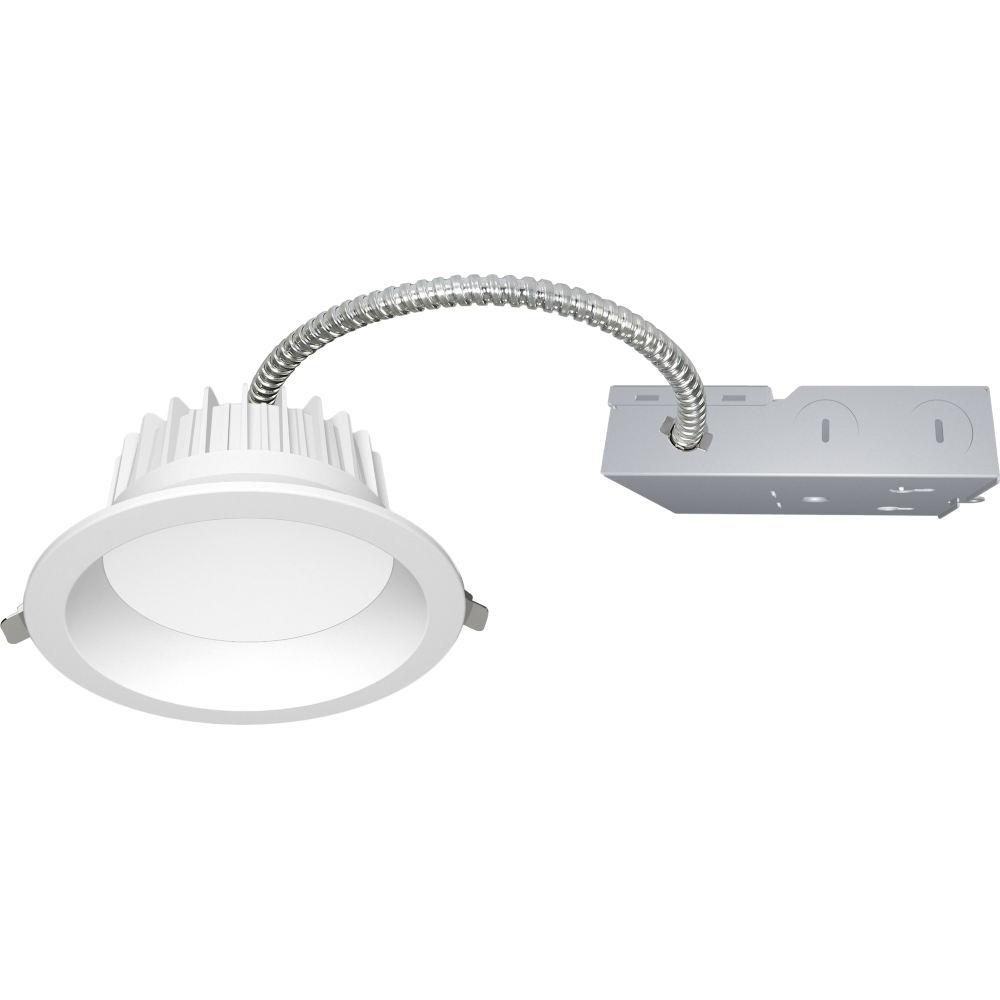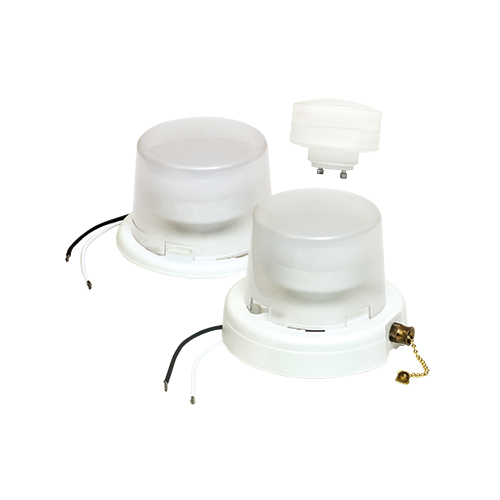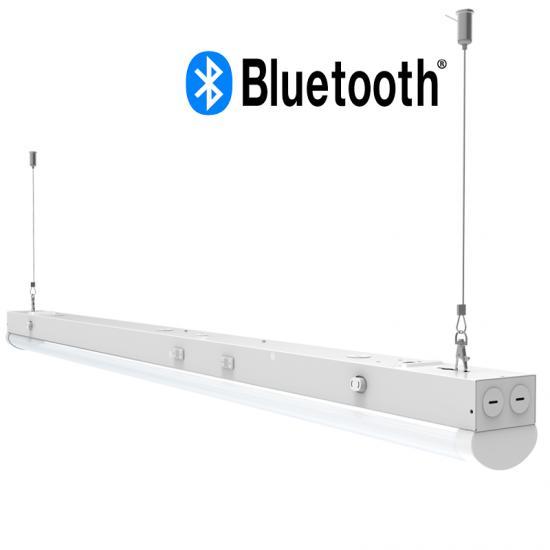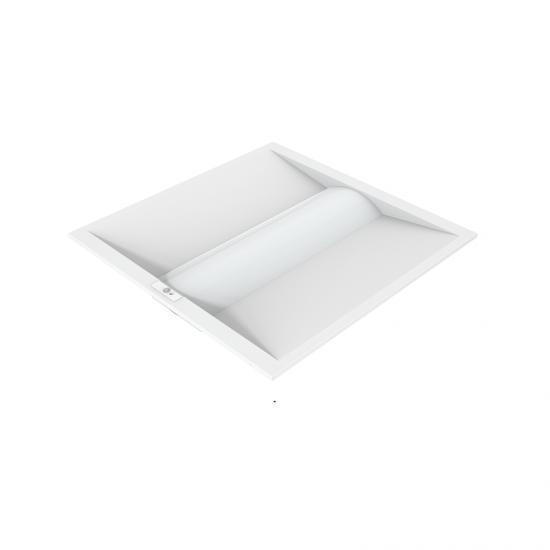Office & Education Lighting Solutions
Office Lighting Challenges and Opportunities
Here are the needs of office lighting
1. Enhancing the comfort and promoting a healthy working environment.
2. Fostering a positive work atmosphere and enhancing work efficiency.
3. Improving the energy efficiency and utilization of LED lighting.
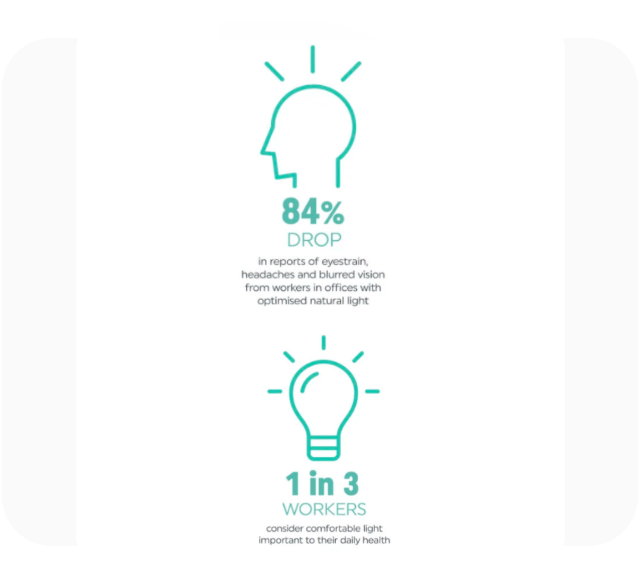

Health Strategy
Light balance between natural and artificial lighting
According to the Rocky Mountain Research Institute, incorporating natural light into the workplace can yield significant benefits. This includes a potential increase in production efficiency ranging from 6% to 16%. Moreover, it contributes to better health, mood enhancement, and improved overall work efficiency. Achieving these benefits involves the use of daylight sensors to automatically control curtains and adjust shutter blade angles, as well as utilizing constant illuminance sensors. These sensors ensure that the desktop’s working illuminance remains within the optimal range of 500-700 LUX, providing consistent and stable lighting.
Additionally, employing an astronomical clock can help optimize energy usage. In the winter, it automatically closes the sunshade when no one is in the room, allowing natural light to provide warmth, thus raising the indoor temperature. Conversely, in the summer, it automatically lowers the curtain to block heat radiation, resulting in potential energy savings of 10%-20% for HVAC systems.
Highlights of Intelligent Control Technology

Heating and Cooling Regulation
Color temperature adjustments allow lighting to create the perfect environment. Cool lighting illuminates our daily lives, warm lighting creates a softer ambiance. Per the user’s preference, the system can be configured to adapt to any desired lighting scene.

Sensing Delay
Enjoy a variety of preset scenes, easily switch to the desired scene on demand.

Scene Switching
Preset rich scenes, one-click to switch the mood lighting scenes that move according to your heart.

Sensor Mode
Manual mode and automated modes can be switched at will to meet the needs of different scenarios.

Motion Detection
Motion triggers can be adjusted up to three different distances.

Brightness Detection
Our systems can utilize up to five different input triggers, interchangeably, to coordinate lighting controls with ambient light.

Intelligent Linkage
Users are able to control a single luminaire, group of luminaries, or the entire system with unmatched control and system analytics, down to the individual device.

No Network Guarantee
Local overrides can be installed to ensure that proper lighting can be achieved by users when unique circumstances dictate.

Sensing Record
View the system history with one click, and see at a glance, triggers, run times, energy usage, and device health.

